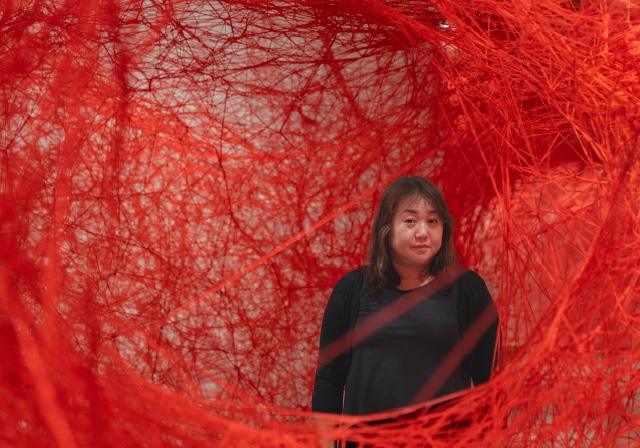
Istanbul Modern welcomes viewers with the exhibition “Between Worlds” by Japanese artist Chiharu Shiota. The exhibition, created as part of the 100th anniversary of diplomatic relations between Japan and Turkey, features a large-scale installation specially produced by the artist for Istanbul Modern. Supported by the Japan Foundation, the Embassy of Japan, the Consulate General of Japan in Istanbul, and Arnica, the exhibition was curated by Istanbul Modern’s Chief Curator Öykü Özsoy Sağnak and Assistant Curator Yazın Öztürk. At its core, the exhibition focuses on themes often explored by Shiota in her various artistic forms such as performance, video, installation, and painting: memory, existence, migration, journeys, and the human experience.
With her works symbolizing the complexity and fragility of physical and emotional bonds, Chiharu Shiota’s “Between Worlds” invites viewers to embark on an inner journey. “I want to connect with people. Life is about making connections,” says Shiota in response to questions from ARTtv’s Editor-in-Chief Özge Kahraman.
As a caver who has been exploring the depths of caves for over ten years, I felt a strong connection between the organic structures in Shiota’s “Between Worlds” exhibition and the emotions I experience while exploring caves. The structures formed by threads evoke the internal architecture of caves, gradually revealing natural forms over time. Just like discovering new layers while walking through a cave, I found myself slowly reaching new dimensions throughout the exhibition. Therefore, I would like to begin my first question on this topic:
- Caves are often seen as symbols of both refuge and isolation, representing a disconnection from the outer world but also an exploration of inner space. The large-scale installations you create have an enveloping effect, making the viewer feel as if they are being drawn into a cave. Has the idea of the cave influenced the conceptual framework of your work in creating this spatial experience?
Thank you for your interpretation. For me, the web is about connection and human relationships. But contemporary art has no single answer. I want the viewer to feel free to think whatever they want to think. If you ask 100 people what they think about the installation, you will have 100 different answers.

- The threads and woven structures in your works seem to symbolize the complexity and depth of human relationships. Would you say that the thread represents both physical and emotional bonds? In this context, do the threads serve as a metaphor for the fragility and resilience of human connections?
Yes, it is even a mirror of my own feelings, if I am more distressed the thread will tangle more. The single thread can be tangled, tense, loose, knotted, or cut, just like relationships.
- As part of the centenary of diplomatic relations between Japan and Turkey, you created a large-scale installation for Istanbul Modern. How does this work reflect the significance of the bond between the two nations? What conceptual or artistic elements were inspired by the fusion of these two cultures?
It is based on my own experience. Living between two cultures. I have been living in Germany longer than I have lived in Japan. I feel like I have two home-countries. It is a strange feeling, I often find myself missing Japan but when I am in Japan I miss being in Germany. The installation reflects this sensation of living between cultures which is the reality for many people in the world. In my work, I have often thought about the idea of a border that it always has two sides and two sets of rules that need to be followed to cross it. I have wondered about the parts of our identity that we can easily change and adapt.
- Your installation "Between Worlds" at Istanbul Modern creates a profound spatial effect, turning the viewer into part of a delicate and interconnected web of threads. Could you share your thoughts on the creation process of this work? How did the concept develop from its early stages, and what emotional or symbolic ideas did you aim to convey through this intricate network?
Istanbul Modern is located at the harbor and when I visited the museum, we directly docked with the boat next to the museum. While I was walking through the exhibition space, I could see another boat stopping at the harbor through the window and many people walking off. This made me think about borders and identity and human existence. I think the purpose of art is affect the visitor emotionally. I want them experience something different from daily life.
- The themes in your art—loss, memory, uncertainty—appear deeply intertwined with your personal history. How did these concepts come to play such a central role in your work? How do you perceive memory's dialogue with forgetting, both on a personal and collective level? Could you describe your process of using memory as a structural element in your art?
After living in Germany for a few years, I travelled to Japan to see family. Everything seemed familiar but still different. Even the shoes I had left behind. They still fit me but at the same time they did not fit me anymore. This made me think about the memory and that our existence can transcend into the objects around us. I wanted to extend this personal feeling into something universal. I think the accumulation of objects extends into the universe. If I would only show one suitcase or one key or bed it would be much more personal. It would only be about me but I want to connect to people. Life is about connection.
- Your artistic practice clearly reflects an inner journey. How does the process of transforming a conceptual thought into a tangible art object unfold for you? What challenges do you encounter during this process, and how do these challenges contribute to the evolution of your art?
My art is inspired by my personal life. I often question life and our purpose. My work has especially changed since I have been diagnosed with cancer and it will continue to change. I am an artist every day, 24 hours. It has helped me to express feelings which I could not explain.
- Representing Japan at the 2015 Venice Biennale was a significant milestone in your career. How did participating in such a global platform shape the universal message of your work? Did the Biennale experience prompt you to reevaluate your themes and artistic vision?
After the Venice Biennale, I was very excited. Many publications used photographs of my artwork to present the Biennale, there was so much media attention. But the year after, I almost had no shows. I was very depressed, I tried not to show it to my family and team but I was falling into a black hole and questioning everything. However, when I was diagnosed with cancer, this feeling stopped, I was happy to be alive and to create art.
- Is there a particular exhibition or project in your artistic practice that has left a deep impression on you or holds special significance? What personal meaning does this exhibition carry for you, and how has it contributed to your transformation as an artist?
One day after I was invited to do the extensive solo exhibition “The Soul Trembles” at the Mori Art Museum, I was told by my doctor that my cancer had returned. While I was preparing for the exhibition, I was also undergoing surgery and chemotherapy. I was living to create the exhibition, it was a very difficult time, but in the end, I was so happy. The exhibition was visited by 160.000 people, it was the most visited solo exhibition at the museum and it continued to travel throughout Asia-Pacific and will come to Europe this year. It is a wonderful experience to see all my work together from the past 25 years.
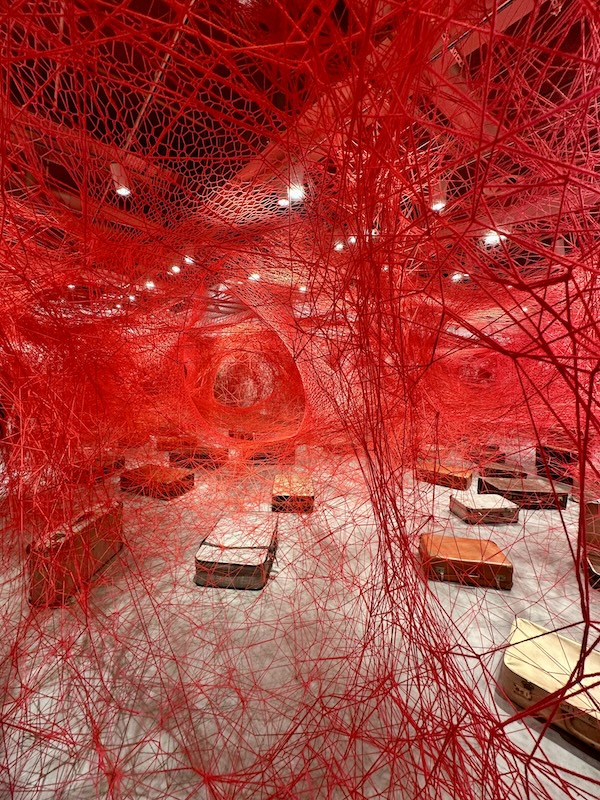
 11 ay önce
11 ay önce
Geçmiş, Şimdi ve Gelecek: Ecem Dilan Köse ile Yapay Zeka Üzerine
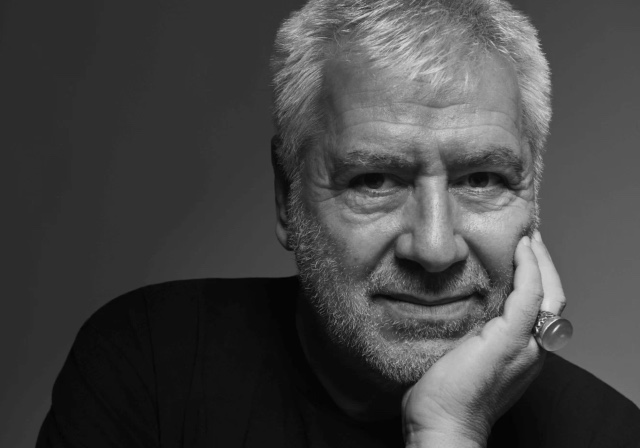 bir yıl önce
bir yıl önce
Mevlüt Akyıldız’ın Dünyası: Sanat, Mizah ve Camaltı
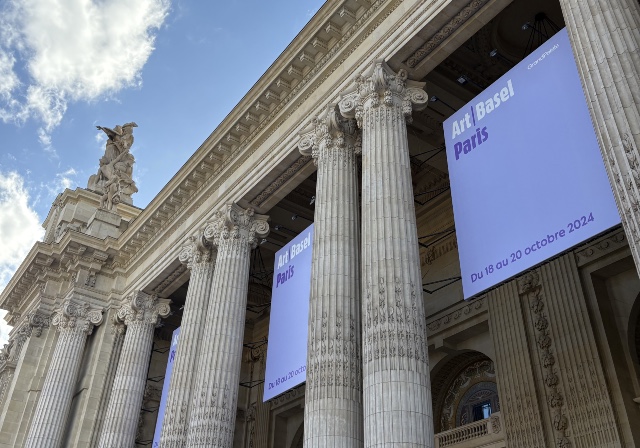 bir yıl önce
bir yıl önce
Art Basel Paris 2024: Sanat ve İlham Dolu Bir Deneyim
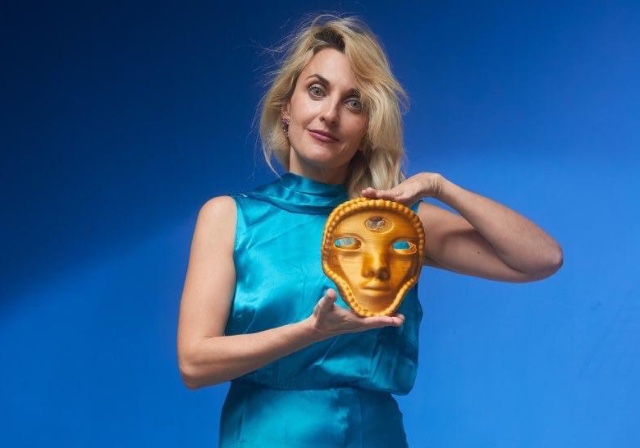 bir yıl önce
bir yıl önce
Sanat, Teknoloji ve Yaratıcılık Üzerine: Pınar Yoldaş ile Evrimsel Bir Yolculuk
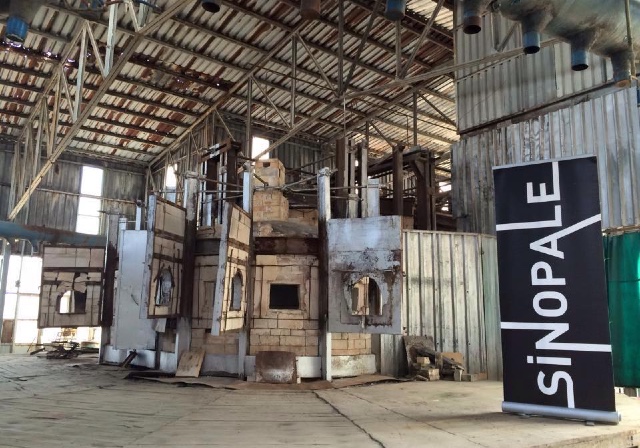 bir yıl önce
bir yıl önce
T. Melih Görgün ile Sinopale 9 Üzerine: Sanatın Sürdürülebilirlik ve Toplumsal Duyarlılık Alanındaki Rolü